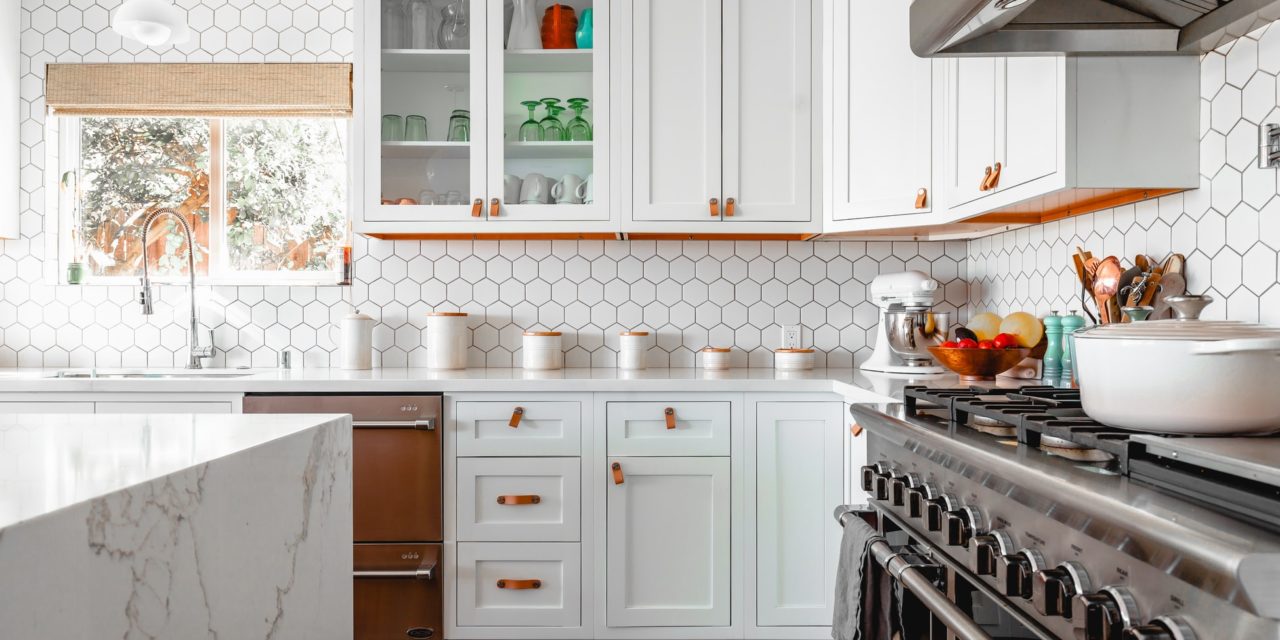[ad_1]
As with the purchase of any product, the correct handling and care of crockery will enhance the appearance and longevity of the product. The following is a guide that will assist you in this quest;
- Upon receipt of your crockery delivery, make sure you wash each item twice before serving and inspect for chips or cracks
- Don't scrape off leftovers – wipe off with a paper towel or a plastic/rubber scraper
- Metal utensils can cause metal marking
- Wash the articles as soon as possible after use
- It is also advisable to wash crockery separately from cutlery and saucepans
- Never use an abrasive cleaner or pot scourer as this will damage the glaze as well as any surface decoration on the plate
- Avoid stacking dirty crockery
- Allow items to air dry before stacking
Dishwashing
For obvious reasons, the trade is making use of high-powered industrial dishwashers where emphasis is on short operating cycles and maximum efficiency. Our product is specially designed to withstand the rigours of the Food service and Hospitality trade, including automatic dishwashing. It is important to take note of the following;
- Recommended dishwashing procedures as set out by the manufacturer and the correct dose application of the detergent need to be strictly followed
- The use of an approved detergent is recommended
- For effective cleaning, we recommend that the dishwashing temperature and the final rinse be set between 55 to 60 degrees centigrade. Operating at a higher temperature in order to wash crockery ‘properly' is a definite case of overkill and detrimental to ceramics and for that matter, glass and cutlery
- Replace or repair any plastic coating that have worn in the racks or baskets of the dishwasher as this well result in metal marking on the crockery
- Stack the crockery separately from other articles such as cutlery, saucepans and glass
- Rack the ware correctly to ensure that the articles do not vibrate against each other during the cycle
- The combination of overdosing of detergent with excessively high dishwashing operating temperature results in premature deterioration of the glazed finish and any surface decoration that may be present. This affects other products such as glass and cutlery giving them a dull finish
Microwave Oven
The product is safe for use in microwave ovens under normal conditions. Please be aware of any surface decoration that may include metal, as this is not suitable for microwave use.
Metal Marking
This phenomenon occurs when a ceramic article comes into contact with metal surfaces or utensils, with the possible subsequent metal tracing left on the ceramic article due to the glaze being harder in many instances than certain types of steel. Despite its unsightly appearance, it is not a cause for concern as it can be easily removed by the application of a gentle household non-abrasive cleaner.
In order to prevent the incidence of metal marking, you should limit the contact between ceramics and metal. Practically this may include the following;
· Placing rubber or plastic mats on the large stainless steel surfaces usually found in industrial kitchens. This can be further extended to stacking areas, trolleys and sinks. It is also advisable to put a rubber hose over the outlet of the tap above the sink. Any plastic coating or racks etc that may have worn and exposed the metal underneath should be replaced or repaired
· Ensure that knives intended for genuine cutting when in use by customers are sharp so that minimum force is applied when performing this function
· Use cutlery that is a high grade steel as a minimum requirement. Some of the cutlery in use today is made from low-grade steel, which being soft in nature, increases the incidence of metal marking
[ad_2]
Source by Alan D Clarke


